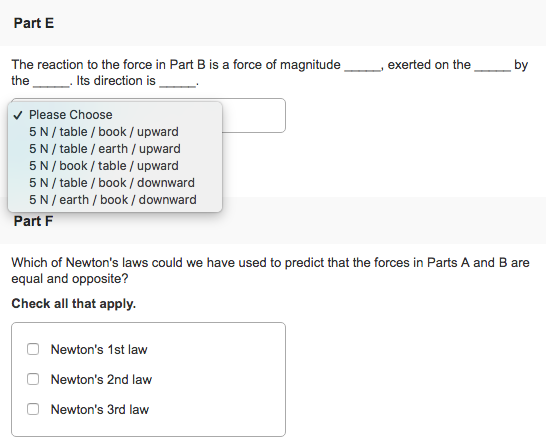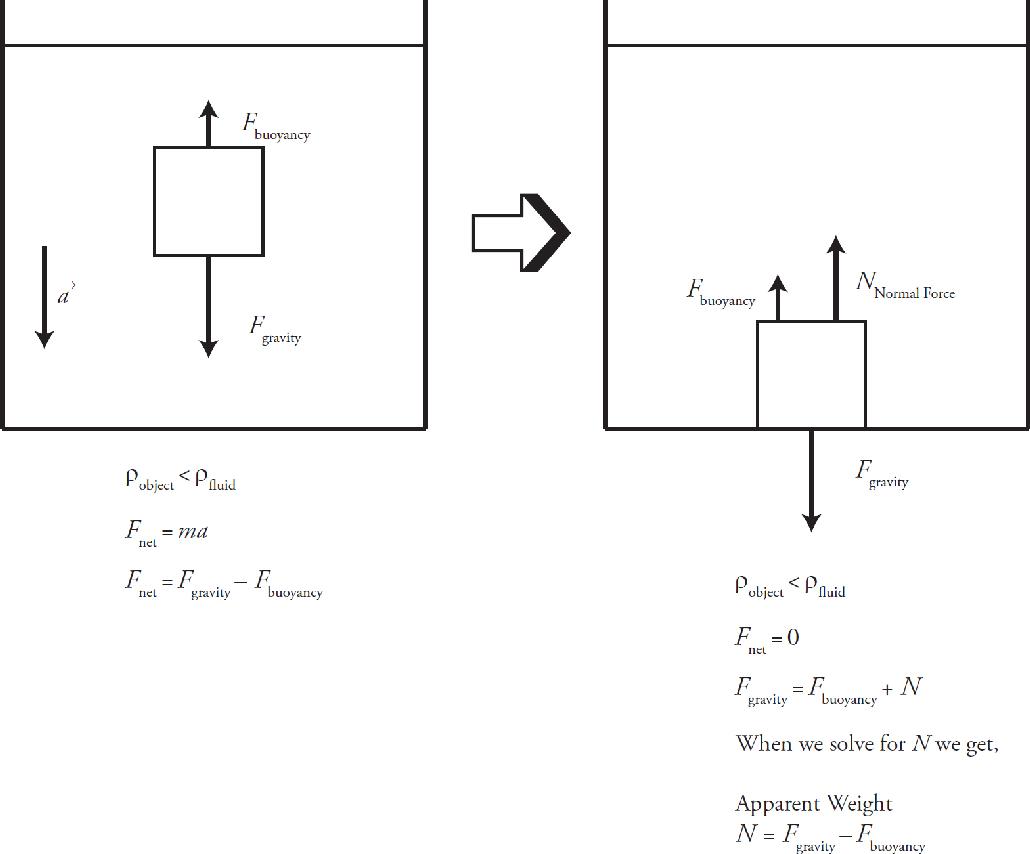

Find the field at thecenter of the cavity in terms of and. Ī) Now,a small spherical cavity is hollowed out of the material. Suppose the field inside a large piece of dielectric is ,so that the electric displacement is equal to. The displacement current on the other hand is not uniquely determined by the free charge distribution,but requires additional information (like for example ). Therefore, the electric field is uniquely defined by Gauss's law since we know that he curl of is zero, everywhere. TheHelmholtz theorem tell us that if we know the curl and the divergence of avector function then this is sufficient information to uniquely define the vector function. Since the curl of is not necessarily equal to zero, there is in general no potential thatgenerates. Since the net charge on the polarized material must be equal to zero, the sum ofthe volume charges and surface charges must be equal to zero. Assuming that the physical size(length) of the dipoles shown in Figure 4.8 is the same, then the varying dipolestrength is a result of variations in the charge on the ends of the dipoles. If the polarization is not uniform then thestrength of the individual dipoles will vary. Consider a system of threealigned dipoles (see Figure 4.8). However, if the polarization is not uniform then therewill be a net volume charge inside the material. Ifthe material is uniformly polarized then the volume charge density is equal tozero (see Figure 4.6).

For the material shown in Figure 4.7 this equation immediately showsthat a positive surface charge resides on the right surface( parallel to )and a negative surface charge resides on the left surface( anti parallel to ).Since these charges reside on the surface and are bound to the dipoles they arecalled the bound surface charge or. Where is the unit vector perpendicular to the surface of the material, pointingoutwards.


 0 kommentar(er)
0 kommentar(er)
